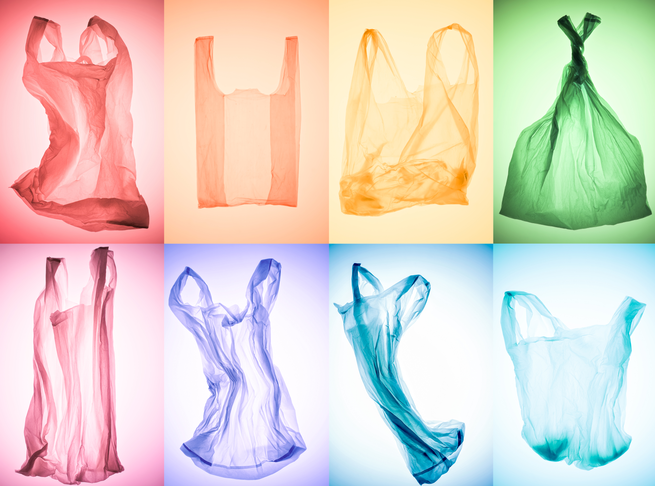The relationship between the plastics industry and color masterbatch
2022-09-05 Dijiu High-Tech Materials (Nantong) Co., Ltd.
Plastic is the main component of art. It forms a certain shape under certain temperature and pressure, and can maintain its shape at room temperature. Plastic is light in weight and high in strength. The general density is 0.9-2.3g\/mm3, which is 1\/8 of steel -1\/4, 1\/2 of aluminum, friendly electrical insulation performance, excellent chemical stability, good anti-friction and wear resistance, good light transmission and protection, good shock absorption and noise reduction performance. According to the surface heating After performance, plastics are divided into thermosetting graffiti and thermoplastics.
The characteristics of thermosetting plastics: after heating at a certain temperature, pressurization or adding a hardener for a period of time, a chemical reaction will occur, the chemical structure of the hardened plastic will change, the texture is hard, insoluble in solvents, and will not soften after heating. When it is too high, it will decompose. Such as phenolic plastic (commonly known as bakelite powder), epoxy plastic (EP), etc.

![6]0${)CN}CYJQ%S6%23}PLT](/Content/upload/21841/20220905102844c22386b43dca4d9fbf593a0c0ed78209.png)
The characteristics of thermoplastics: the biological changes after heating are softened or dissolved from solids into viscous fluids, but they can harden after cooling, and the process can be repeated many times. The molecular structure of the plastic itself has not changed. Such as polyethylene plastic (PE), polychlorinated Vinyl plastic (PVC). Color masterbatch is made by mixing color material and a small amount of raw materials. It is used together with colorless raw materials when forming. It is a kind of dyeing. Generally, plastic dyeing is made by mixing raw materials and color materials. Yes. Color masterbatch is an additive raw material for engineering plastics production, which is used for dyeing. For example, black masterbatch needs to be added to produce black heat insulation strip special materials; engineering plastics use resin to add glass fiber, color masterbatch, brightening agent, etc. Various modified and filled raw materials are processed, mainly used for the production of various parts and components in the automotive, electronic and electrical, and mechanical industries.

